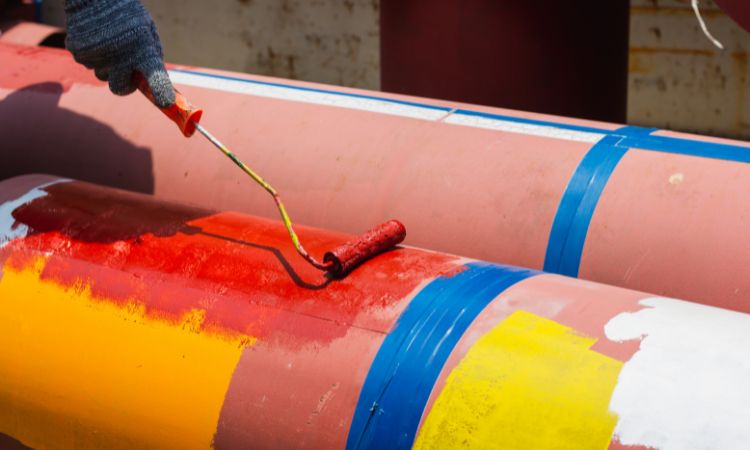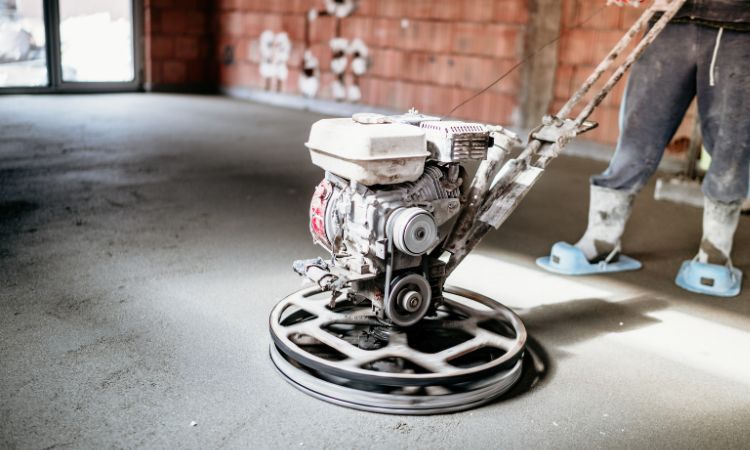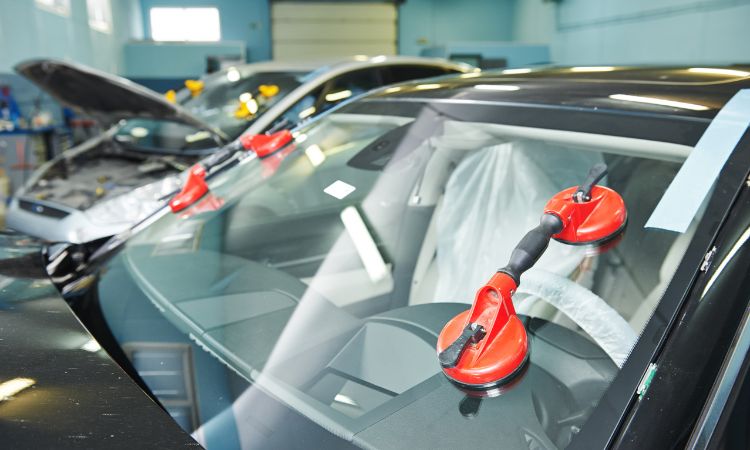
Prawns, with their succulent flesh and rich flavor, are a staple of many cuisines around the world. Whether you’re grilling them on the BBQ, tossing them into a curry, or savoring them with a simple garlic butter sauce, prawns are a versatile and delicious option for seafood lovers. But what about the frozen variety? Is frozen prawn safe to eat?
In this comprehensive guide, we’ll explore the world of frozen prawns, covering everything from the safety of freezing methods to thawing and preparation tips. If you’re a seafood lover or just looking to learn more about the food in your freezer, read on for all you need to know about enjoying prawns safely and deliciously.
Understanding Frozen Prawns
Freezing prawns is one of the most common methods of preserving their quality and flavor. This process involves rapidly reducing the temperature of the prawns to freeze them solid, typically within hours of being caught. Doing so helps to lock in their nutritional value and ensures that they maintain their taste until you’re ready to cook them. learn more about how to Freeze prawns safely.
The Freezing Process
Freezing prawns can involve several stages:
- Blanching: Some prawns are blanched or briefly cooked in boiling water before freezing to kill bacteria and enzymes that can cause deterioration.
- IQF: “Individually Quick Frozen” prawns are frozen using a method that prevents them from sticking together and makes it easier to portion out what you need.
- Flash Freezing: This ultra-fast process involves exposing the prawns to extremely cold temperatures to lock in freshness and reduce ice crystal formation, which can affect taste and texture.
Quality Indicators
When buying frozen prawns, look for those that are labeled with the date of freezing and a guaranteed number of months they can be stored. You’ll also want to ensure that they’re frozen solid and that the packaging is intact.
Safety Considerations
Are frozen prawns inherently safe to eat, or do they come with risks? Like all seafood, safe handling and preparation are crucial, but frozen prawns have the advantage of reduced spoilage and the elimination of some potential pathogens through the freezing process.
Thawing Correctly
One of the most important safety considerations with frozen prawns is the method of thawing. The safest method is to place them in the refrigerator the night before you plan to cook them. This slow thawing process in the fridge prevents the prawns from reaching the “danger zone” temperature where bacteria can grow.
Avoiding Cross-Contamination
When thawing prawns, it’s important to keep them separate from other foods, especially those that won’t be cooked. Use a plate or bowl to catch any liquid that may drip, and ensure that the prawns are not in contact with any surfaces that are used for preparing other foods.
Enjoying Frozen Prawns Safely
Now that you’ve got your frozen prawns safely thawed, it’s time to enjoy them. Whether you’re a seasoned chef or a kitchen novice, there are a few tips that can help ensure your prawn dish is both safe and delicious.

Cook Thoroughly
Prawns should be cooked until they reach an internal temperature of 145°F (63°C). This not only ensures that they are safe to eat but also brings out the best in their texture and flavor.
Serving Recommendations
When your prawn dish is ready, serve it immediately and avoid keeping any leftovers for an extended period. If you do have leftovers, cool them quickly in the fridge and consume them within a day or two.
Recipe: Prawns with Spicy Tomato Sauce
Here’s a delightful recipe to make the most of your frozen prawns. This Spicy Tomato Sauce pairs perfectly with the sweet flavor of prawns and is a quick and easy dish that’s full of flavor.
Ingredients
- 1 pound frozen prawns, thawed
- 2 tablespoons olive oil
- 1 onion, chopped
- 2 garlic cloves, minced
- 1 teaspoon red pepper flakes
- 1 28-ounce can of crushed tomatoes
- 1 teaspoon sugar
- Salt and pepper to taste
- Fresh parsley, chopped, for garnish
Instructions
- In a large skillet, heat the olive oil over medium heat. Add the onion and cook until softened about 5 minutes.
- Add the garlic and red pepper flakes and cook for another minute.
- Pour in the crushed tomatoes and sugar, and season with salt and pepper. Bring to a simmer and cook for 10 minutes.
- Add the prawns to the skillet and cook until they are pink and opaque about 3-4 minutes.
- Serve the prawns and sauce over cooked pasta or rice, and garnish with fresh parsley.

Conclusion
Frozen prawns are not only safe but also a convenient and delicious option for seafood enthusiasts. By understanding the freezing process, being aware of safety considerations, and following proper preparation and cooking methods, you can enjoy prawns that are just as good as fresh. Remember to thaw your prawns safely, cook them thoroughly, and savor every bite.
In conclusion, frozen prawns are not only safe but also practical, especially for those who don’t have access to fresh seafood on a regular basis. The freezing process, when done correctly, can retain the quality and safety of prawns, making them a great addition to any meal. Just be sure to handle and prepare your prawns with care, and you’ll be rewarded with a delightful and worry-free dining experience.




















